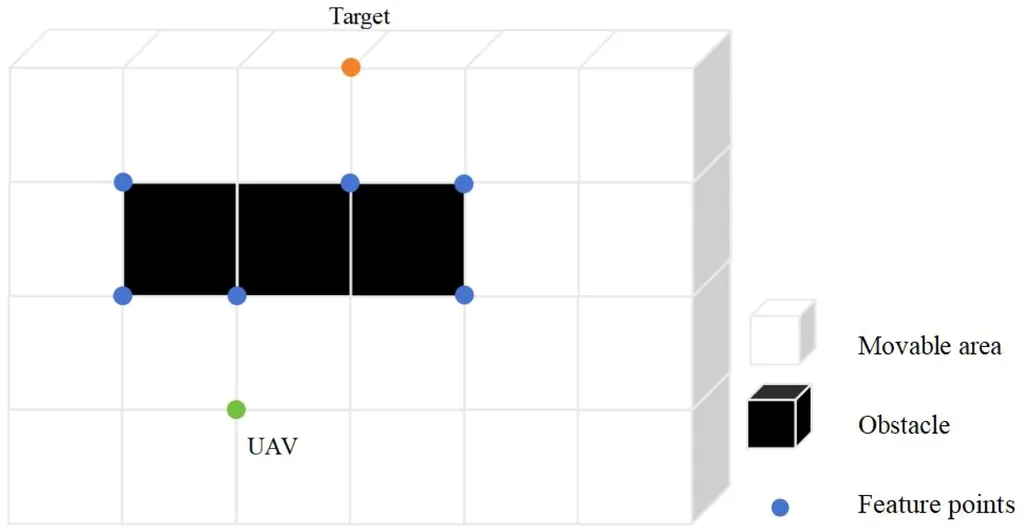In a collaborative effort led by Zuhao Teng and colleagues from the School of Artificial Intelligence and Automation at Huazhong University of Science and Technology, researchers have developed an innovative optimization algorithm to enhance the efficiency of Unmanned Aerial Vehicle (UAV) path planning. Their work, titled “An Improved Grey Wolf Optimizer Inspired by Advanced Cooperative Predation for UAV Shortest Path Planning,” addresses a critical challenge in the widespread application of UAVs in military reconnaissance, emergency rescue, and logistics delivery.
The team introduced an Improved Grey Wolf Optimizer (IGWO) that incorporates two novel strategies: Advanced Cooperative Predation (ACP) and Lens Opposition-based Learning Strategy (LOBL). Traditional heuristic-based methods often struggle to escape local optima, limiting their effectiveness in finding the shortest path. The IGWO aims to overcome this limitation by enhancing the optimization capability of the Grey Wolf Optimizer (GWO), a popular metaheuristic algorithm inspired by the hunting behavior of grey wolves.
Simulation results demonstrated that IGWO outperformed other algorithms on several benchmark functions, ranking first in optimization performance on functions F1-F5, F7, and F9-F12. This superior performance indicates that IGWO has a robust optimization capability, making it a promising tool for complex path planning tasks.
The researchers then applied IGWO to UAV shortest path planning in various obstacle-laden environments. The results were impressive, with IGWO-planned paths averaging shorter distances compared to those planned by traditional GWO, Particle Swarm Optimization (PSO), and Whale Optimization Algorithm (WOA). Specifically, IGWO outperformed GWO, PSO, and WOA by 1.70 meters, 1.68 meters, and 2.00 meters, respectively, across four different maps. This improvement in path planning efficiency can have significant practical applications in the defence and security sector.
For instance, in military reconnaissance missions, shorter flight paths can reduce the risk of detection and increase the likelihood of mission success. In emergency rescue operations, efficient path planning can save critical time and resources, potentially saving lives. Similarly, in logistics delivery, shorter paths can lead to faster delivery times and reduced fuel consumption, enhancing overall operational efficiency.
The development of IGWO represents a significant advancement in the field of optimization algorithms and their applications in UAV path planning. By addressing the limitations of traditional methods, IGWO offers a more effective and efficient solution for planning the shortest flight paths in complex environments. This research not only contributes to the academic community but also provides practical tools for enhancing the capabilities of UAVs in various defence and security applications.Read more at arXiv.

